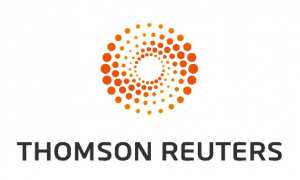 Regulators look for evidence that executive management fosters a culture in which bribery is never acceptable within the organization. A connected approach to risk serves the full compliance life-cycle.
Regulators look for evidence that executive management fosters a culture in which bribery is never acceptable within the organization. A connected approach to risk serves the full compliance life-cycle.
Beyond compliance
Regulators demand that compliance programs adhere to Know Your Customer (KYC), Politically Exposed Persons (PEPs), Anti Money Laundering (AML) and Countering the Financing of Terrorism (CFT) legislation. Yet compliance programs that focus on legislation alone leave organizations exposed to unseen risks that can cause costly legal, financial and reputational damage.
Exposure to risk
Business expansion, particularly through joint ventures, mergers, acquisitions, distribution and agency agreements, can expose an organization to regulatory risk. Operating in unfamiliar locations, where local practices may transgress international legislation or where local language and cultural differences can be misinterpreted, heightens risk.
Supply chains, equally, can increase exposure to risks such as corruption, theft and fraud, as well as reputational risks like human rights abuses and environmental malpractice. These are, risks that can severely impede or destroy an organization, even one with sophisticated and carefully maintained processes.
To mitigate this risk, and to protect your organization’s reputation, the implementation of a structured and robust compliance program guided by best practice is crucial.
Finding the risk that others miss
Finding these hidden risks is not easy – you need to know where to look. With our commitment to finding risk, we go further than basic information such as PEP and sanctions lists. We monitor hundreds of thousands of intelligence sources and human networks, providing an early warning system on heightened risk individuals and entities.
Courtesy of Thompson Reuters Governance, Risk and Compliance






















